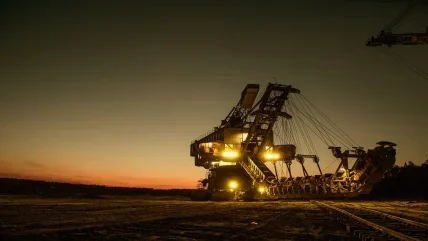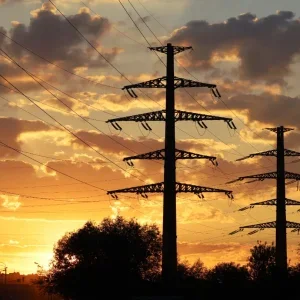
Global Li-Ion Graphite Corp. (“Global Li-Ion” or, the “Company”) (CSE: LION, OTCQB: GBBGF, F: 0TD) Is pleased to announce it has entered into a MOU with a private Malagasy Company to complete due diligence on its Uranium prospects in Madagascar. The projects have been subject to previous exploration work which has shown great potential to host Uranium. The 20th century saw extensive exploration work that proved Madagascar to host significant Uranium deposits and also saw Uranium produced in Madagascar. Uranium exploration undertaken in Madagascar since 2000, has improved the understanding of Malagasy Uranium prospects and led to heightened interest in this underdeveloped Uranium province.
Chairman Jason Walsh commented, “We are very pleased to have this opportunity to add a Uranium project to our portfolio. Uranium and thereafter nuclear energy are by far the most important key piece to the Global effort of green energy for electrification. Nuclear energy has also become a hot topic in the AI world as the tech industry realizes the amount of power needed to run the computers for generative AI.”
About the Uranium Project
The focus is on the Karoo Supergroup which work to date has shown to be the most prospective stratigraphic unit in Madagascar for Uranium with some areas of skarn also to be considered. Exploration and appraisal work will identify areas for ground truthing of known “hot-spot” Uranium along with intensive ground radiometrics (augmented potentially by targeted very high resolution aerial radiometry) and topographical mapping of targeted areas. This work will form the basis of planning for a detailed drill program.
About Ambato-Arana Graphite Mine, Madagascar
The 3 forty-year renewable mining exploitation licenses that comprise the Project total 4,375 hectares (10,811 acres) are located in the vicinity of Andasibe in Toamasina Province in Madagascar, 20 km to the southwest of Sheritt’s large-scale nickel/cobalt laterite open pit mine at Ambatovy and 15 km northeast of the town of Moramanga from which national highway RN2 connects with capital city Antananarivo (114 km) and Madagascar’s main port of Toamisina (Tamatave) (240 km). Graphite was produced on the licenses, at a modest rate constrained by the technology employed on the licenses at that time, for roughly a century from 1910. Production was suspended by the previous owners due to a slump at the time in Global Graphite markets and with the deposits only partially mined. The deposits are now ready for larger scale exploitation with modern production techniques. They lie within the graphitic horizons of the highly prospective Manampotsy Formation and are associated with topographic highs that are exploited via free digging of lateritic ore and open pit mining, providing a lower cost exploitation without need for blasting. The graphite mineralization on the Project appears within well-defined north-south belts with interbedded graphite-rich friable layers. The geological layers of interest have continuity of several kilometres and exhibit a shallow dip angle. Sample data indicate good grade (up to 10% carbon content with some samples up to nearly 14%) and large flake (jumbo size) consistent with other nearby mines e.g. Gallois (Elate Graphite), Sahamamy & Vatomina (Tirupati Graphite) and DNI Metals’ Vohitsara (DNI Metals).






